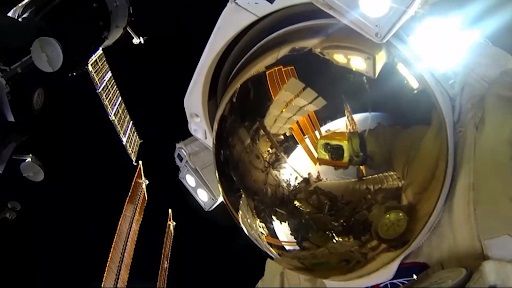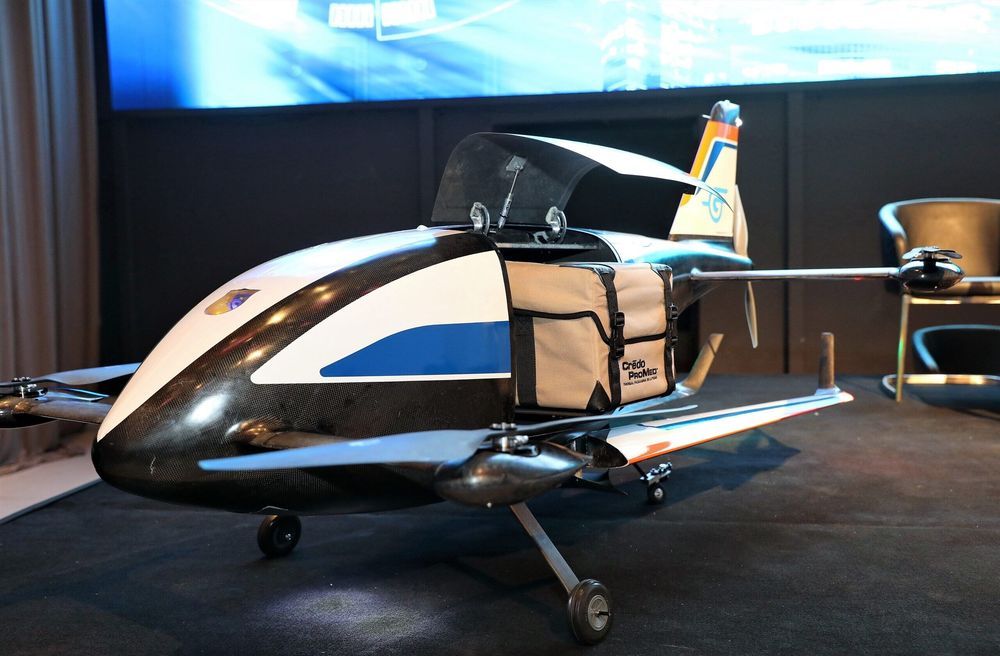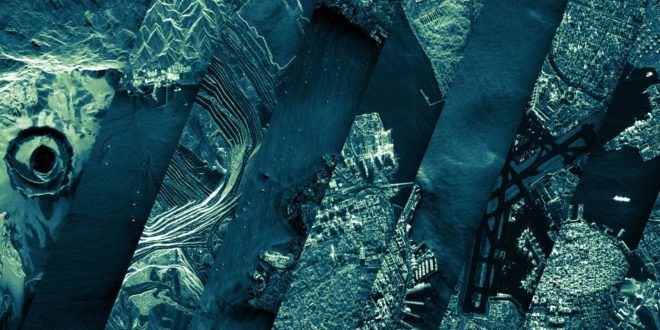Meteorite impacts may be a good thing — but only sometimes.
Craters could create habitable conditions on many planets and moons.


Partnership will use diagnostic imaging tools to explore health issues associated with microgravity, and apply this knowledge to patients on Earth.
The French Society of Radiology (SFR) and the country’s national centre for space exploration (CNES) have signed a partnership, details of which were streamed live at the Journées Francophones de Radiologie (JFR) congress on 4 October. The aim is to develop imaging solutions to be sent on space flights and to collaborate on image collection and optimization, teleradiology and training of astronauts.
France has the largest space program in Europe and the third oldest institutional space programme in history, along with Russia and the US. CNES, which has a long track record in space exploration, recognizes the great potential of diagnostic imaging for monitoring astronauts’ health while on missions, according to general director Lionel Suchet.
The plan is to create a “two-way street” in which radiologists and space experts will collaborate on innovative projects to make further progress, JFR delegates heard online at the plenary Antoine Béclère lecture. A SFR–CNES working group will now define the research themes and establish a schedule of tasks ahead by December.

Summary: By fusing a cytokine to a blood protein, researchers have developed a new therapy to help treat multiple sclerosis.
Source: University of Chicago
Multiple sclerosis, an autoimmune disease of the central nervous system that affects millions worldwide, can cause debilitating symptoms for those who suffer from it.

Elons fears are real about AI.
Sign up to Morning Brew for free today here: http://cen.yt/morningbrewcoldfusion2
— About ColdFusion –
ColdFusion is an Australian based online media company independently run by Dagogo Altraide since 2009. Topics cover anything in science, technology, history and business in a calm and relaxed environment. GPT-3 certainly is something.
ColdFusion Merch:
INTERNATIONAL: https://store.coldfusioncollective.com/
AUSTRALIA: https://shop.coldfusioncollective.com/
If you enjoy my content, please consider subscribing!

This is great 💯
The Finnish space start-up #ICEYE released its rapidly growing archive of tens of thousands of radar satellite images to the public, the company announced in Helsinki today.
The ICEYE archive includes nearly 18,000 #radar images in various modes taken with ICEYE’s SAR satellite constellation between mid-2019 and now, the company said. The images are released for non-commercial use.
“The ICEYE SAR #satellite #constellation is here for the global community of decision makers, data users, and more, to improve our shared world around us all,” said Rafal Modrzewski, CEO and co-founder of ICEYE. “The ICEYE Public Archive opens up a unique view of the world, which we invite you to explore together with us.”
The ICEYE archive is provided as a downloadable file through the ICEYE website, the company said, showing the locations and time of imaging for each thumbnail in the archive. After downloading the file, users can open it with their Geographic Information System (GIS) program of choice, making exploring the world of radar satellite imaging accessible for all.
Luxembourg, 13 October 2020. — The Finnish space start-up ICEYE released its rapidly growing archive of tens of thousands of radar satellite images to the public, the company announced in Helsinki today.


Astroscale raised an additional funding of $51 million from a group of investors, bringing the total capital raised to $191 million, the Japanese orbital debris removal company said today.
This latest round makes Astroscale the most funded on-orbit services and logistics company globally and most funded space venture in Japan, the Tokyo-based company said.
The investment raised since its founding in 2013 has allowed Astroscale to establish a global footprint across five countries and grow to over 140 team members, Astroscale said. “Each of the five global offices are working in concert to achieve the Astroscale mission of safe and sustainable development of space for future generations.”
Luxembourg, 13 October 2020. – Astroscale raised an additional funding of $51 million from a group of investors, bringing the total capital raised to $191 million, the Japanese orbital debris removal company said today.

Eli Lilly (NYSE: LLY) reportedly paused a clinical trial testing its COVID-19 antibody treatment candidate because of a “potential safety concern.”
The New York Times reported that Eli Lilly’s testing site researchers were notified of the pause by emails sent by government officials (it is a government-sponsored trial) and the company later confirmed it. A spokesperson from the company told The Hill that “Safety is of the utmost importance to Lilly. We are aware that, out of an abundance of caution, the ACTIV-3 independent data safety monitoring board (DSMB) has recommended a pause in enrollment.”
Eli Lilly’s trial was comparing its therapy to a placebo, while all study participants also received the experimental drug remdesivir, which has been used in treating COVID-19 throughout the pandemic. The company’s therapeutic uses monoclonal antibodies in an effort to block the virus from infecting cells.
